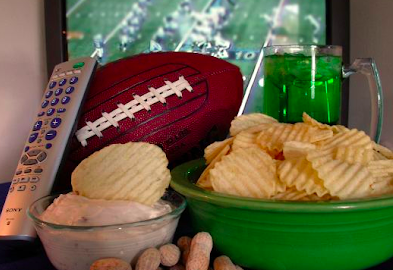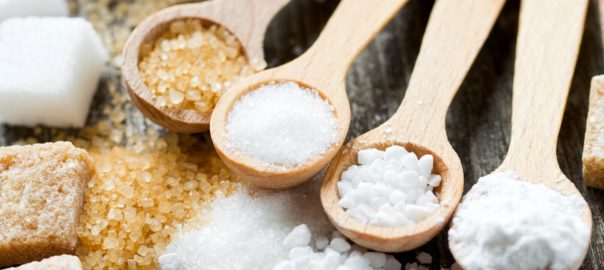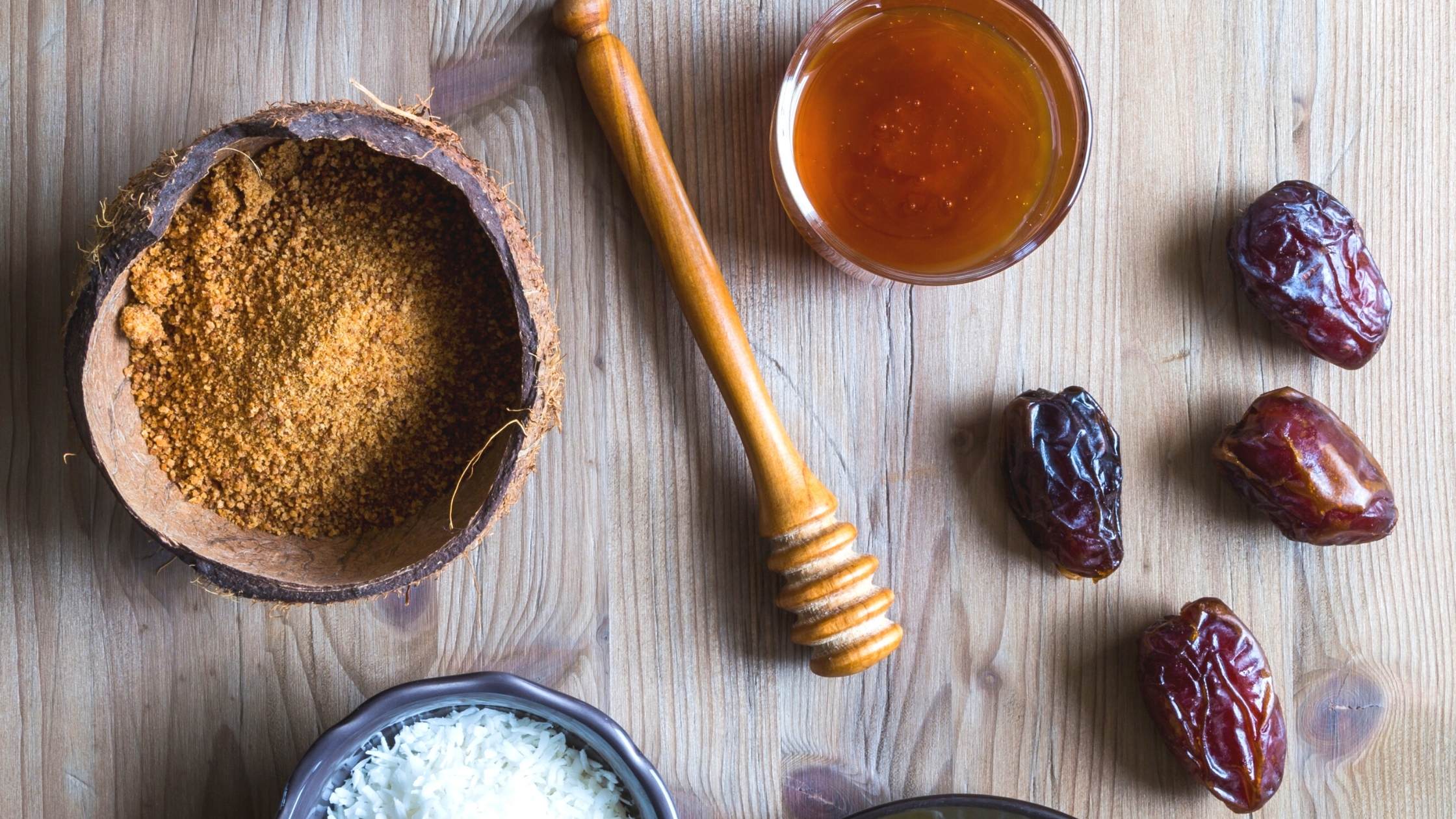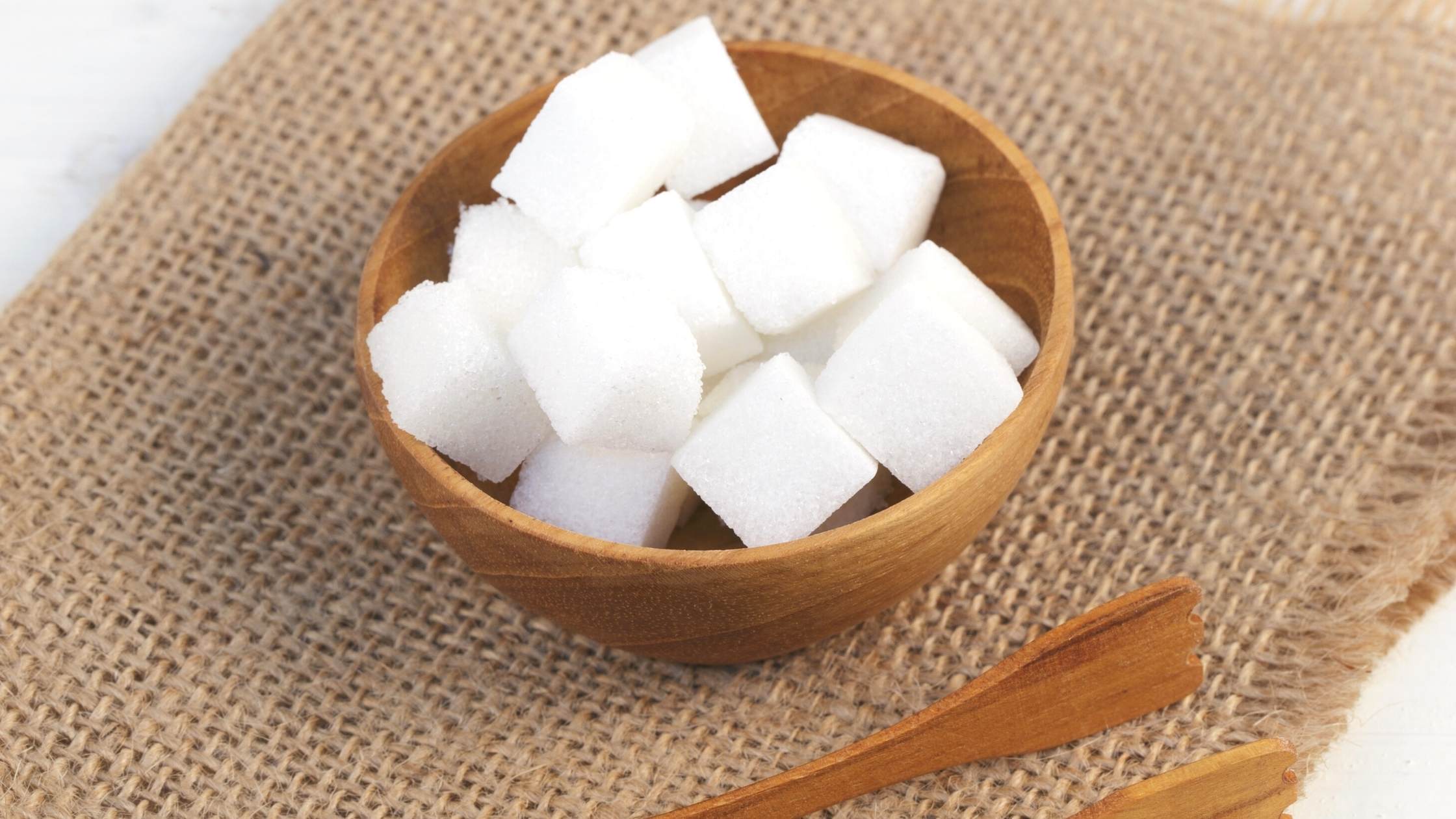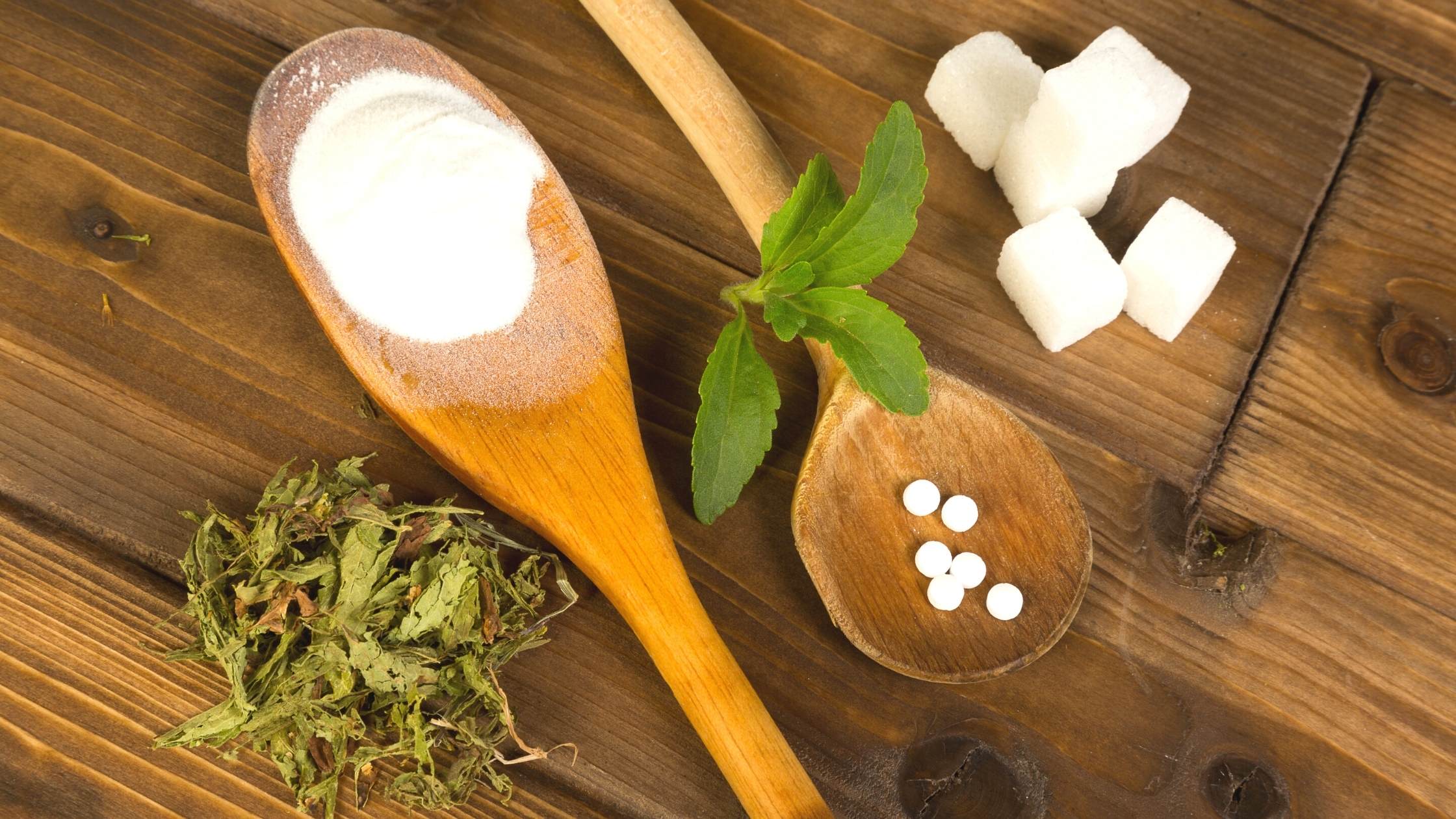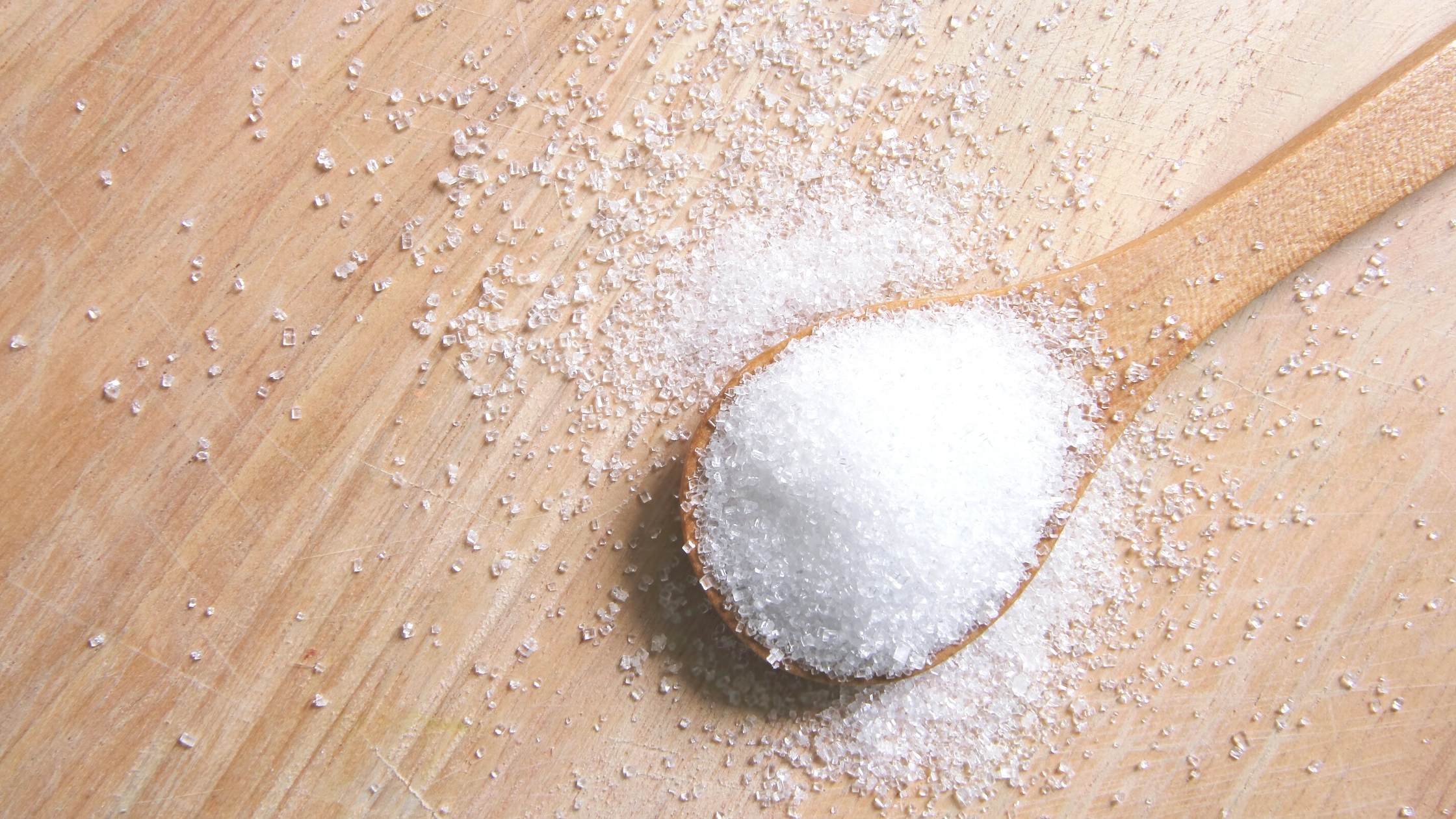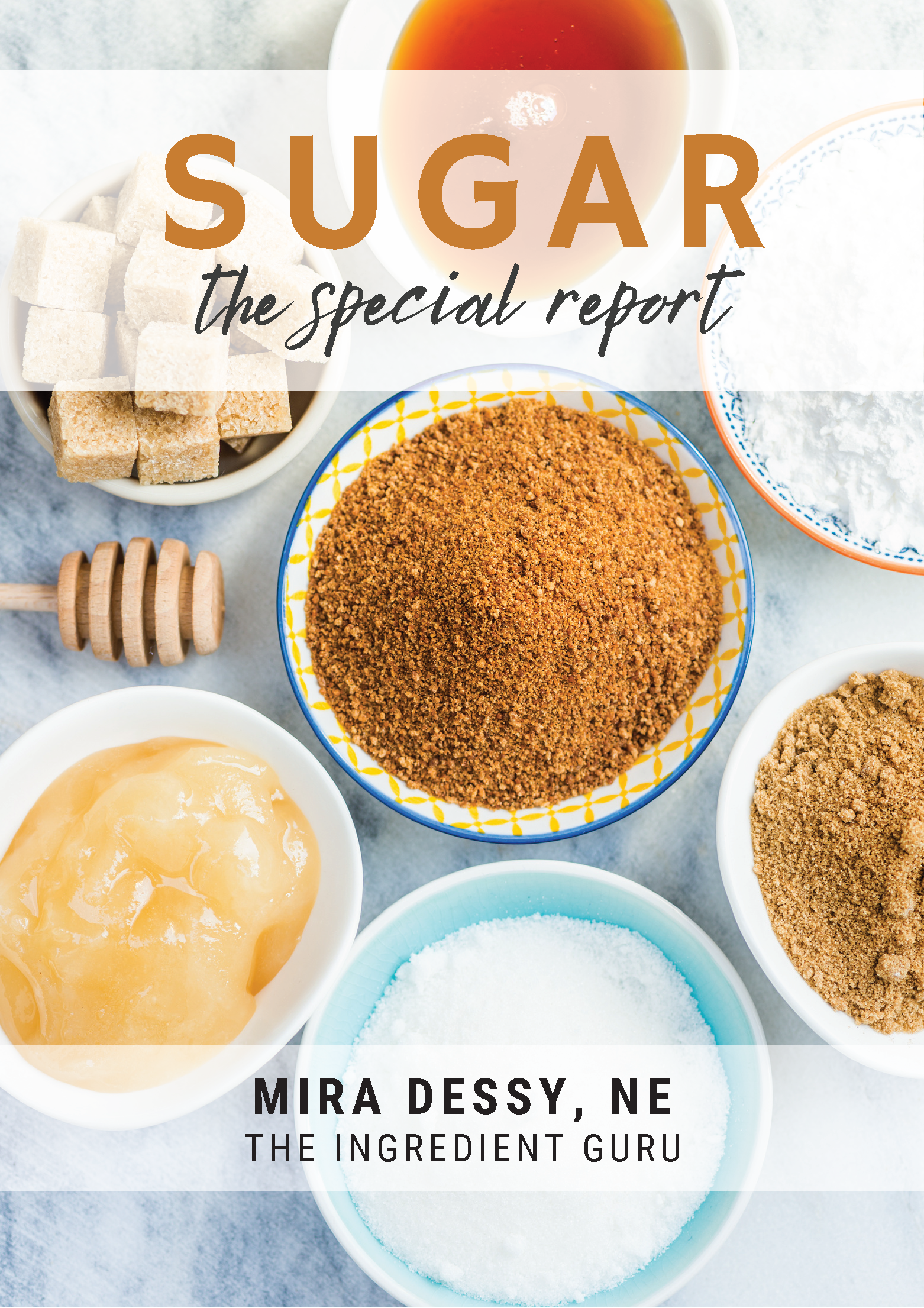Super Bowl Sunday
It's right around the corner; this one day of the year that is almost an unofficial national holiday. In fact, the NFL would very much like this to be a 3-day weekend in order to accommodate their fans and the parties.
While I don't follow football very closely I do find myself curiously swept up in the party that accompanies this last game of the season. And I admit to wanting to watch the half-time show and the, usually, creative commercials. I find it curious that this is one day of the year when companies spend millions of dollars and put forth extra effort to make sure their commercials are smart, funny, creative, or interesting. It's the only time I usually enjoy watching them.
This day, Superbowl Sunday, is a time when many people make elaborate plans for parties and food. This is one of the few traditional gatherings where the menu doesn't usually include an entree or side dishes; it's a smorgasbord of snacks.
The tradition
If you're hosting or attending a Super Bowl Party you're probably familiar with the traditional lineup of foods: loaded nachos smothered in queso, buffalo wings, cheesy spinach dip, chili, and sausage-laden pizza and more.
Depending on the teams (and who you're rooting for) the menu changes somewhat to accommodate the event. It's like rooting for your favorite team, just with food. Unfortunately, many of these traditional party/snack choices won't leave you in good shape. The temptation is to overindulge on these energy-dense choices, often leaving you with heartburn, bloating, interrupted sleep, headaches, or worse.
Seven Super Snacks
Super Bowl Sunday doesn't have to be a day of overindulgence in fatty foods and unhealthy choices. Here are my Seven Super Bowl Snacks that will still allow you to enjoy the spirit of the celebration without regret:
- Instead of buying cheesy popcorn or sugary kettle corn consider making your own. Hot air-popped popcorn with a modest amount of melted butter or coconut oil, salt and spices to taste is a crunchy delicious treat. Try chili powder, onion powder, or my personal favorite, ground-up noosh and nori.
- Instead of caramel popcorn or people chow try making a healthy trail mix in your slow cooker. It's extremely tasty, and with four different options to choose from you can make something for everyone.
- Add a fruit platter with a yogurt dip for a healthy, delicious treat. To make the yogurt dip take 1 cup plain organic yogurt and mix it with 1 heaping tablespoon of your favorite flavor of jam or with honey. Much less sugar than already sweetened yogurts and it's your choice of flavors.
- Cut a selection of veggies into strips and rounds to use as dippers instead of chips and crackers. These go well with bean dips and even cheese spreads. You can also serve them with a tasty guacamole or a healthy homemade salsa. Less simple carbs, more veggies, that's always a win.
- Instead of ordering giant super subs consider setting out an assortment of preservative-free healthy lunch meats and a selection of gluten-free wraps, romaine lettuce for roll-ups, or even nori sheets. Let your guests make their own winning combination.
- Homemade meatballs served in a marinara sauce in the slow cooker make a great snack without all the grease and fuss of sausages or wings.
- If you're going to serve pizza consider getting a pre-made cauliflower crust and topping it with lots of heart-healthy veggies, light on the cheese. Avoid preservative-laden processed meats choosing grilled chicken breast instead (or add your own after delivery).
Here's to healthy snacking and a day when we gather for fun.
photo credit: kakisky

